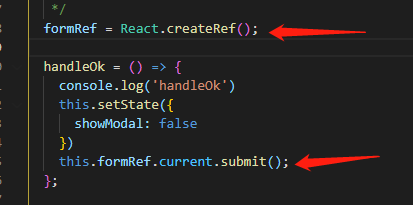I have the following class layout in MVC:
public class ReportModel
{
List<SomeItem> items;
string value;
string anotherValue;
}
now I create a strongly typed view in MVC of this type and make editable text fields to edit each value as well as use a foreach loop to populate text fields to edit the items in the list of someitem.
when I submit to the httppost method the singular values come back fine in the reportmodel object but the list does not get returned in the object. How should this be done?
When I say httppost I am referring to the method that MVC is posting back to
[HttpPost]
public ActionResult EditReport(ReportModel report)
{
// Save the report in here after the update on the UI side
}
View code for posting the list of someitem
if (Model.items != null && Model.items.Count > 0)
{
for (int i = 0; i < Model.items.Count; i++)
{
<div class="editrow">
<div class="edititem">
<div class="editor-label">
@Html.LabelFor(m => m.items.ElementAt(i).propertyOne)
</div>
<div class="editor-field">
@Html.TextBoxFor(m => m.items.ElementAt(i).propertyOne)
@Html.ValidationMessageFor(m => m.items.ElementAt(i).propertyOne)
</div>
</div>
<div class="edititem">
<div class="editor-label">
@Html.LabelFor(m => m.items.ElementAt(i).propertyTwo)
</div>
<div class="editor-field">
@Html.TextBoxFor(m => m.items.ElementAt(i).propertyTwo)
@Html.ValidationMessageFor(m => m.items.ElementAt(i).propertyTwo)
</div>
</div>
<div class="edititem">
<div class="editor-label">
@Html.LabelFor(m => m.items.ElementAt(i).propertyThree)
</div>
<div class="editor-field">
@Html.TextBoxFor(m => m.items.ElementAt(i).propertyThree)
@Html.ValidationMessageFor(m => m.items.ElementAt(i).propertyThree)
</div>
</div>
</div>
}
}





